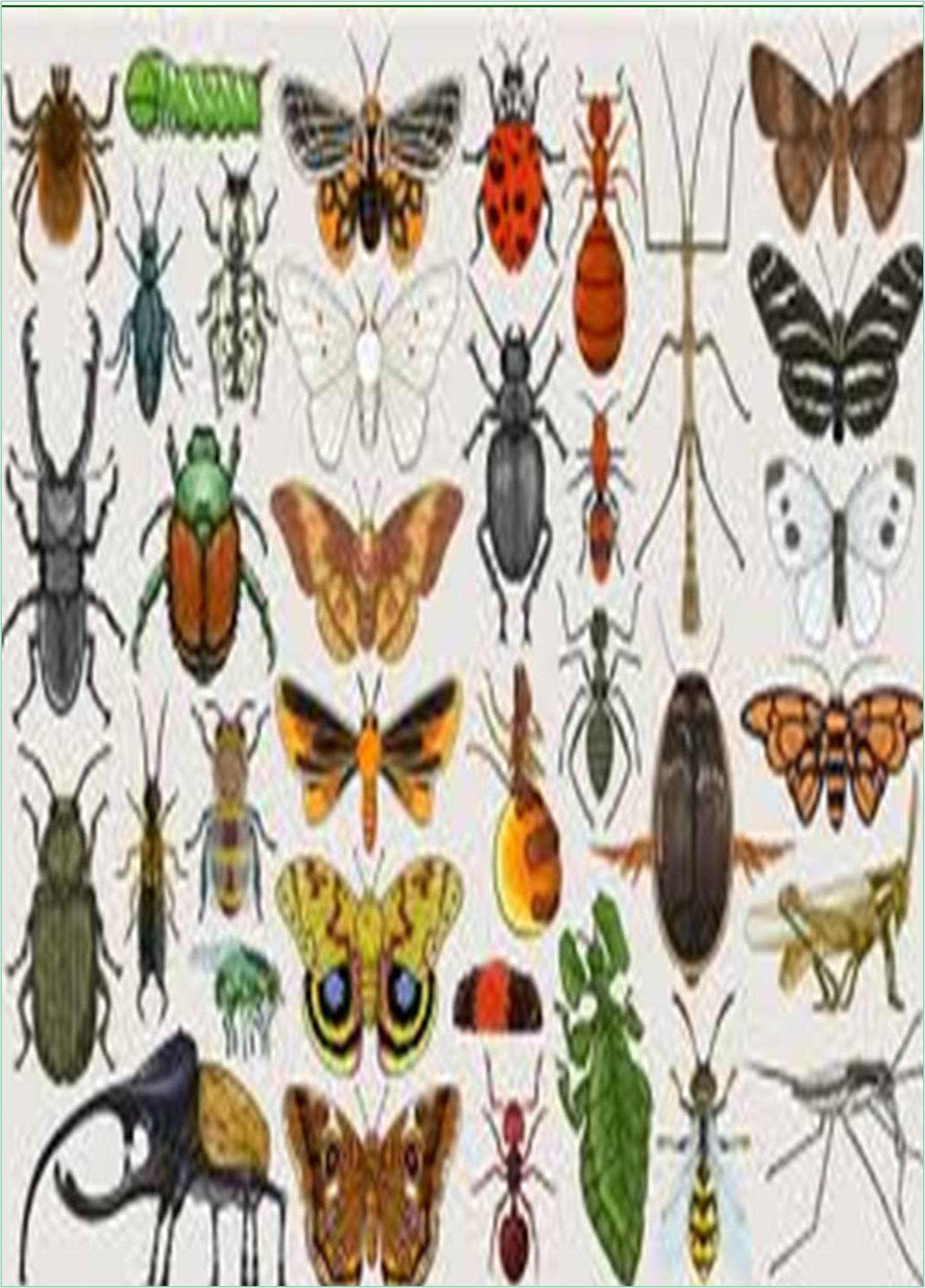



Received: 02-Feb-2022, Manuscript No. IJER-22-62570; Editor assigned: 07-Feb-2022, Pre QC No. IJER-22-62570(PQ); Reviewed: 21-Feb-2022, QC No. IJER-22-62570; Revised: 28-Feb-2022, Manuscript No. IJER-22-62570(R); Published: 10-Mar-2022, DOI: 10.15651/IJER.22.09.002
The arachnids include various groups of arthropods, including spiders, insects, scorpions, mites, and their related species. Scientists describe more than 100,000 species of spiders and about 8,000 species of spiders inhabit North America alone. The name Arachnida is derived from the Greek word arachnē and is associated with mythology. In Greek mythology, Arachne was a woman turned into a spider by the goddess Athena. As a result, Arachnida has become the proper name for the majority of spiders.
Most spiders are usually insect-hunting carnivores and are terrestrial (land-dwelling). Their mouths often have narrow openings and are restricted to eating liquefied prey; they perform important services by managing insect populations. The term "arachnophobia" technically refers to the fear of spiders, but the term is often used to describe the fear of spiders. The spider's body is usually divided into two different parts: the cephalothorax (anterior) and the abdomen (posterior). Adult spiders have four pairs of legs attached to the cephalothorax. At the immature stage, arachnids may not have four pairs of legs (such as mites). Spiders have simple eyes called ocelli.
Like insects, spiders are arthropods; all animals of the phylum Arthropod have an exoskeleton, a segmented body, and at least three pairs of legs. Other groups belonging to the phylum Arthropod include insects (insects), crustaceans (such as crabs), centipedes and all related species belongs to insects. Almost all adult spiders have eight legs, while all adults have six legs. However, spiders also have two other appendage pairs adapted for feeding, defense, and sensory perception, the first pair, chelicerae, is used for food and defense and the next pair of appendages, the pedipalp, is adapted for feeding, movement, and/or reproductive function. In the sun spider, the sun spiders are quite similar to their paws, so these animals appear to have 10 paws. The larvae of mites and Ricinulei have only six legs; a fourth pair usually appears when they moult into nymphs. However, mites are variable: as well as eight, there are adult mites with six or even four legs.
Spiders also differ from insects in that they have no antennae or wings. Their bodies are organized into two tagmas called prosoma or cephalothorax and opistosoma or abdomen. However, there is currently no fossil or developmental evidence that spiders had separate divisions such as the chest, so the validity of the term fused cephalothorax, or cephalothorax, meaning head and chest, is valid. It has been questioned. The abdomen is used because many spider fossil tumors contain organs specific to the abdomen, such as the heart and respiratory tract. Most spiders do not have extensors in the distal joints of their limbs. Spiders and whips the lyphonidae stretch their limbs with water pressure under the pressure of blood and lymph. Sun spiders and some harvestmen straighten their knees through the highly elastic bulge of the cuticle of the joint. Scorpions, pseudo scorpions, and some harvestmen have evolved muscles that simultaneously stretch the joints of the two legs (patella and tibial joints of the patella). However, the equivalent joints of the scorpion's pedipals are lengthened by elastic recoil.
Spiders have two types of eyes: outer and inner eyespots the outer eyeball may have evolved from the compound eye and have a tapetum that enhances its ability to collect light. No more than 3 pairs, except for scorpions that can have up to 5 pairs of lateral scorpions. The median eyespot occurs in the lateral folds of the ectoderm. Modern spiders' earlier species had both types, but modern spiders often lack either species. The cornea of the eye also functions as a lens and is continuous with the cuticle of the body. They can have one or two gonads in the abdomen; the genital opening is usually at the bottom of the second abdominal segment. In most species, males transfer sperm to females by spermatophore method. Complex courtship rituals have evolved in many spiders to ensure the safe delivery of sperm to female spider..
Spiders usually lay egg yolk, the yolk hatches into an immature one that resembles an adult. However, scorpions are either ovoviviparous or embryonic, depending on the species, they live young.